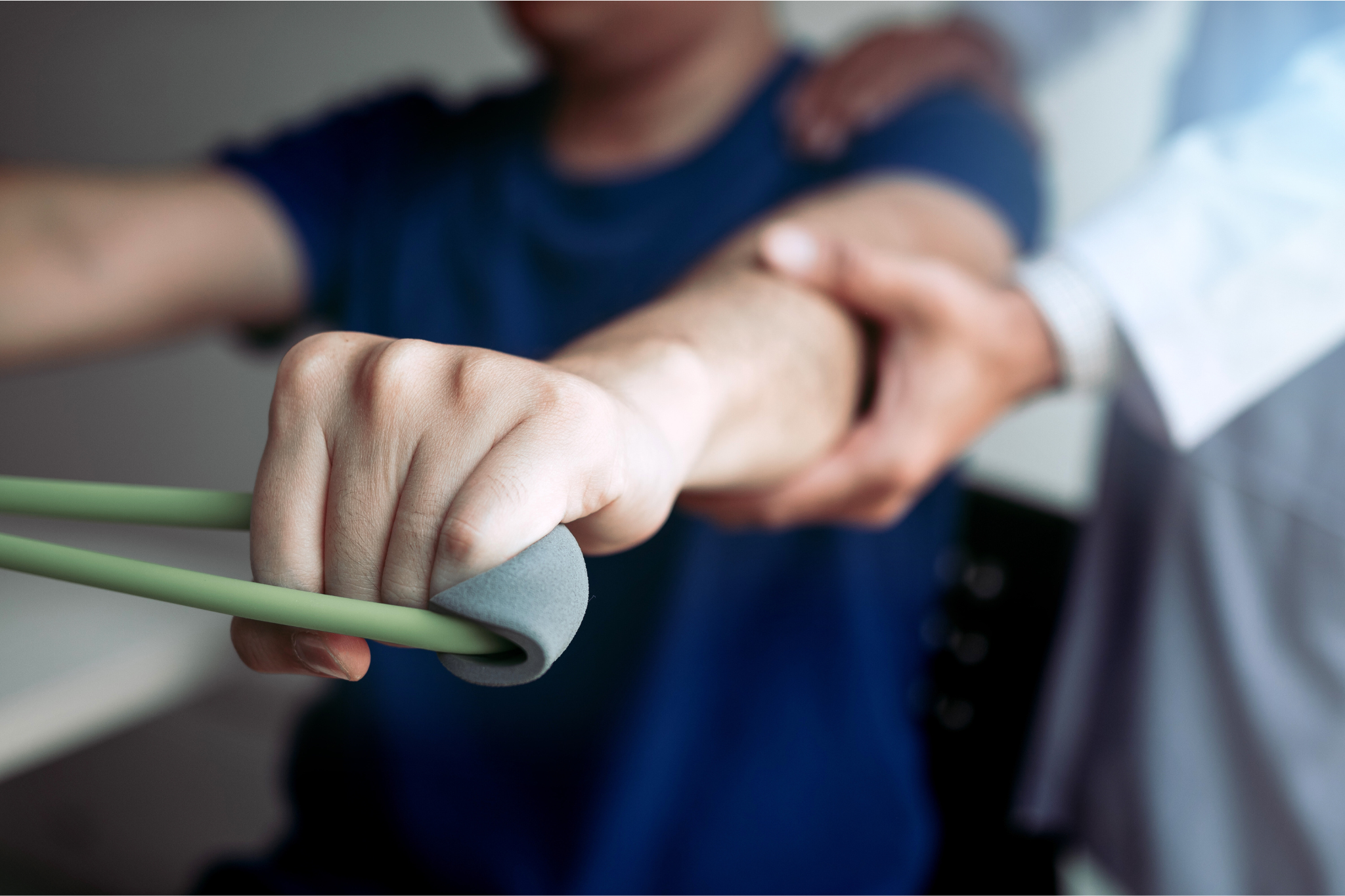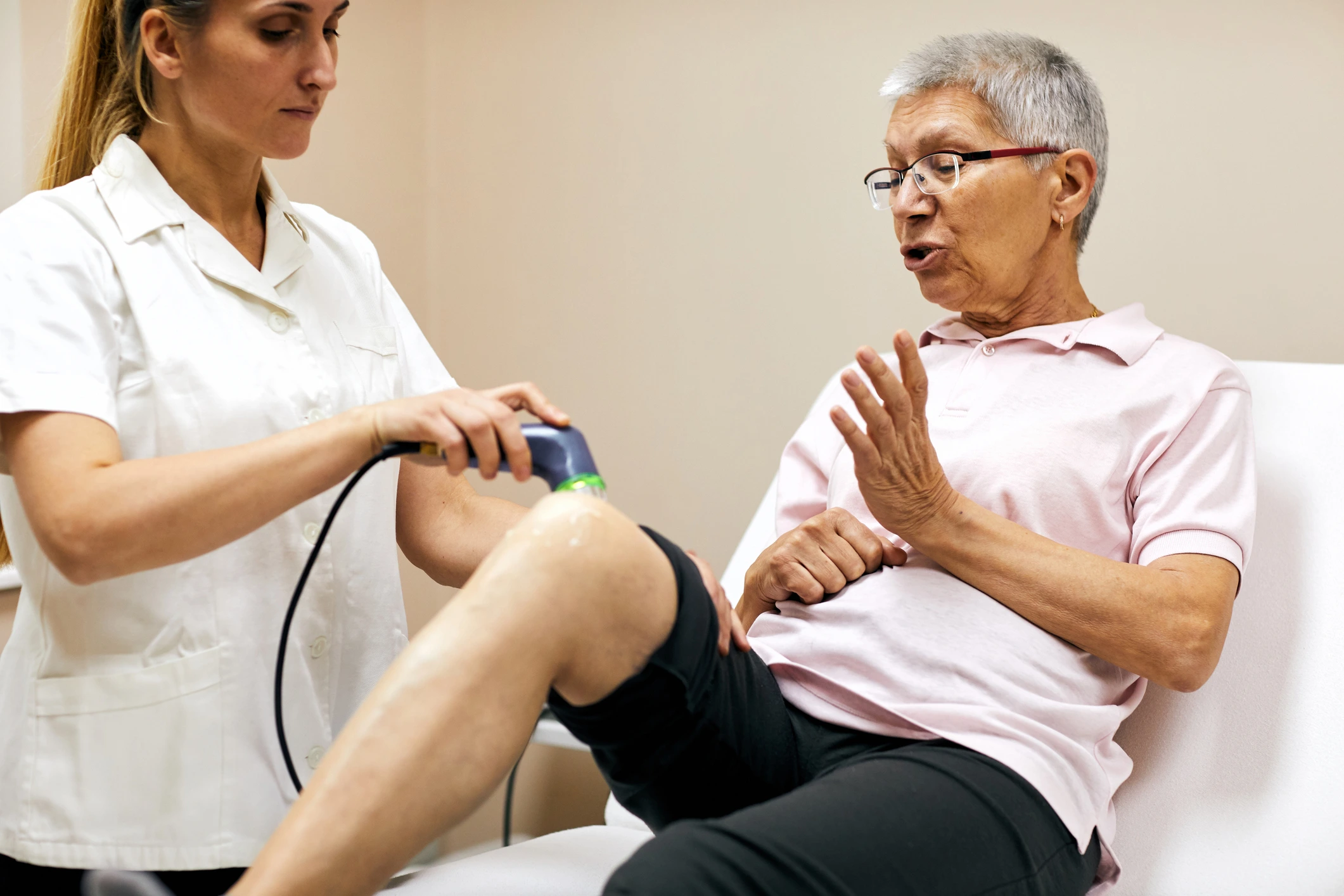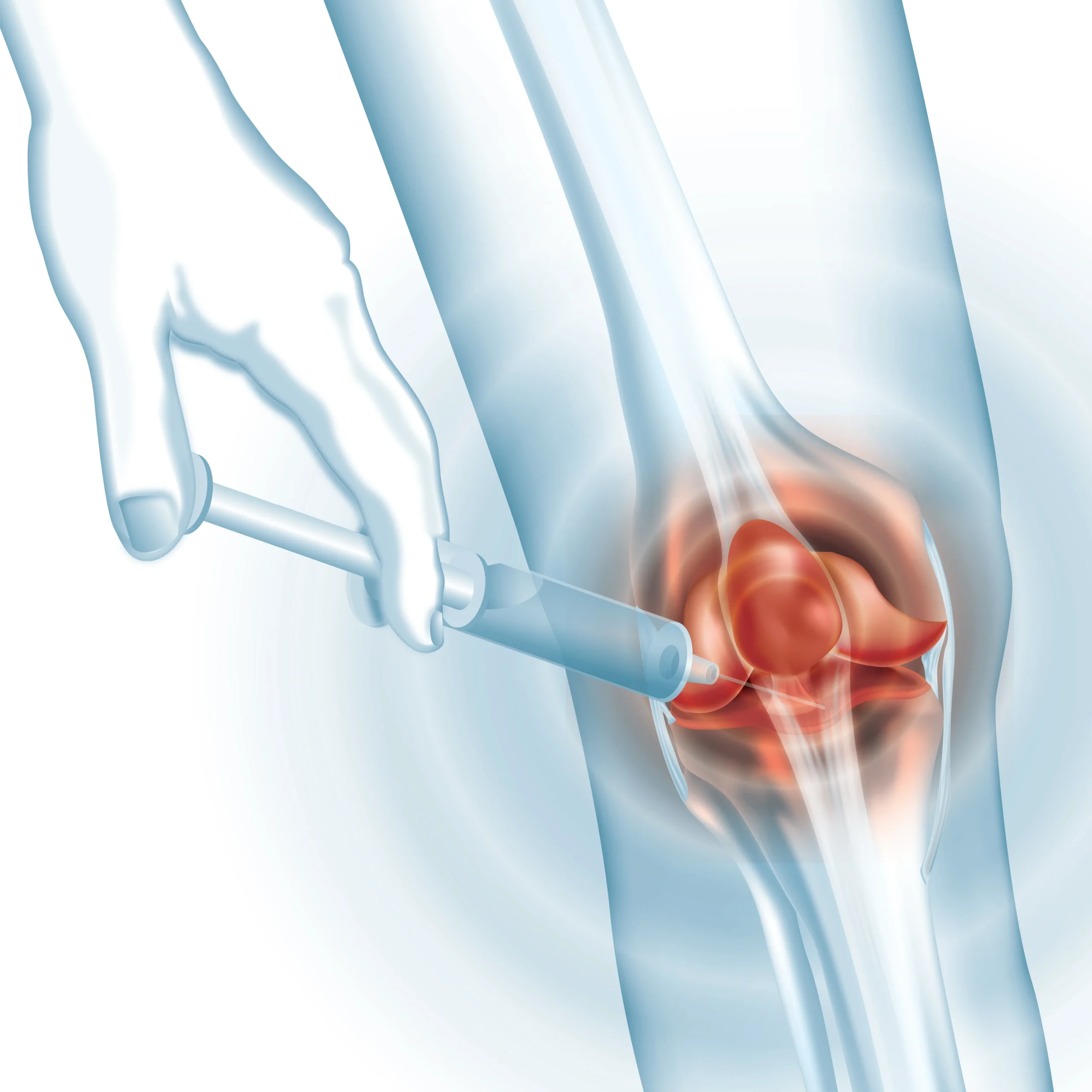Get Help For Joint Pain
Joint pain can be debilitating for many people, making even simple daily tasks difficult. At NextPain Care, we recognize the daily struggles of those suffering from joint pain.
Our goal is to provide effective, evidence-based, and minimally invasive treatments tailored to your unique needs. Our approach focuses on reducing inflammation, strengthening weakened muscles, and improving joint health for lasting relief.
Schedule Your Consultation!

What we do
Relieve Weakness, Numbness, and Pain from Joint Issues
Joint pain is highly prevalent in adults over 50, with more than 70 percent having experienced joint pain. However, joint pain can affect people of any age, especially since it can be triggered by a physical injury or overuse of muscles.
Whatever the case may be, joint pain can limit your mobility and make daily activities increasingly difficult. Even something as simple as standing up from a seated position can be a struggle. NextPain Care offers effective, evidence-based, and minimally invasive solutions tailored to the unique needs of those suffering from joint pain.
Our methodologies aim to help you find lasting relief from joint pain and any associated weakness and numbness, allowing you to return to a more physically active life.
-
Struggling with movement due to pain
-
Relying on medications for relief
-
Struggling with hand pain
-
Enhancing mobility
-
Receive a comprehensive treatment plan.
-
Perform everyday tasks with more ease

How Can We Help You?
What Are The Causes Of Joint Pain?
Joint pain can happen because of injuries, arthritis, or other muscle and bone problems. It usually comes with stiffness, swelling, soreness, weakness, and less ability to move in that area. Also, where and how much it hurts can change based on what’s causing it.
Arthritis is a common reason for joint pain and can make joints feel tender, swollen, and sore. Tendinitis is when tendons get inflamed, causing sharp or burning pain in one spot. Bursitis happens when the fluid sacs around joints get swollen, making joints hurt and feel stiff.
Start Today






